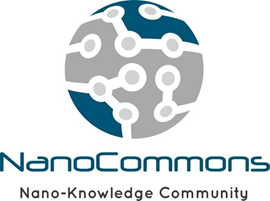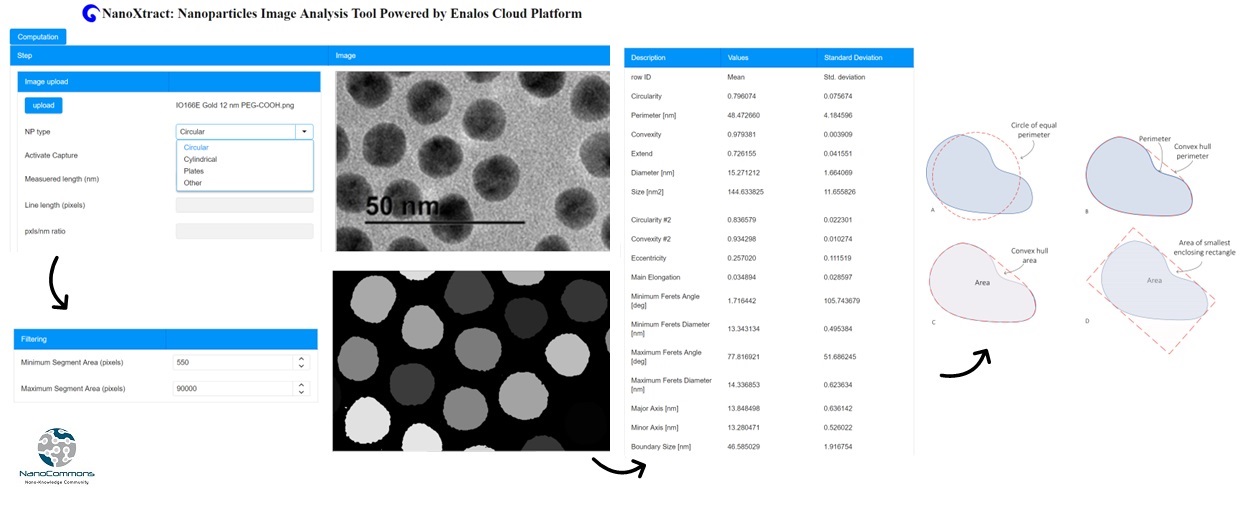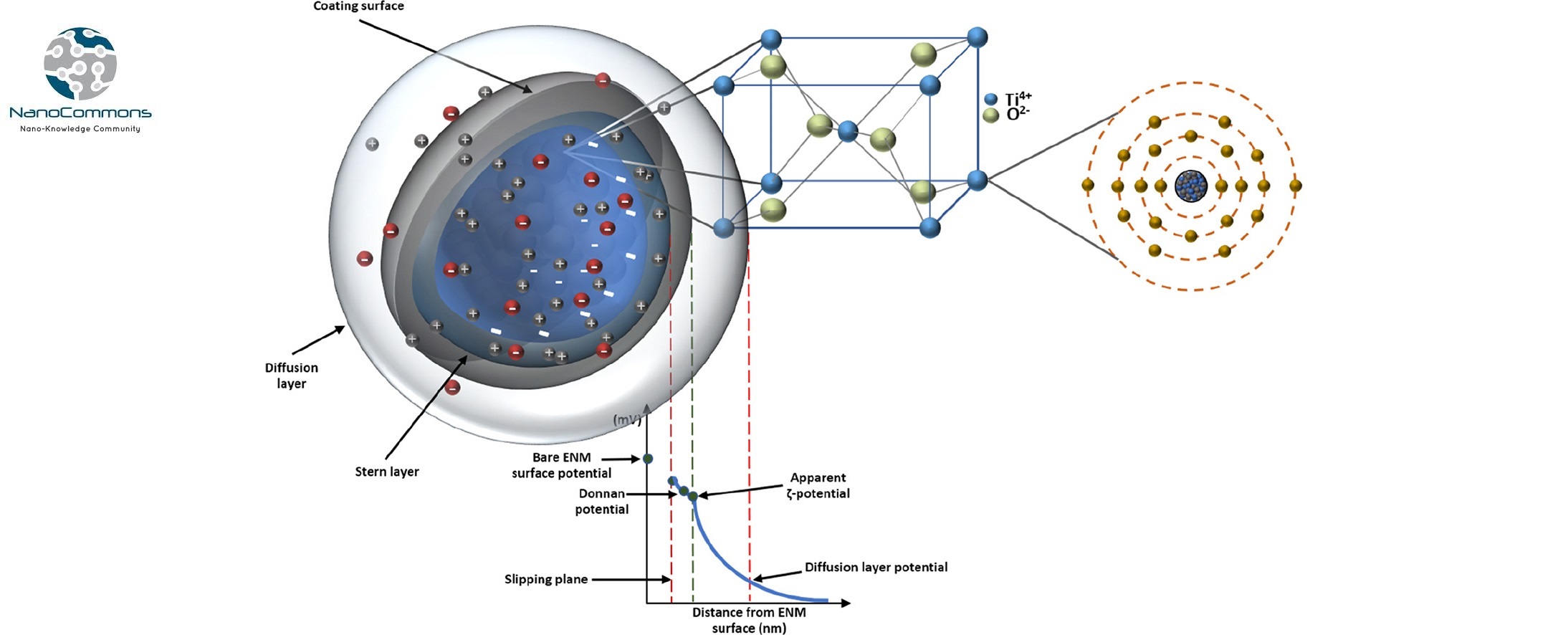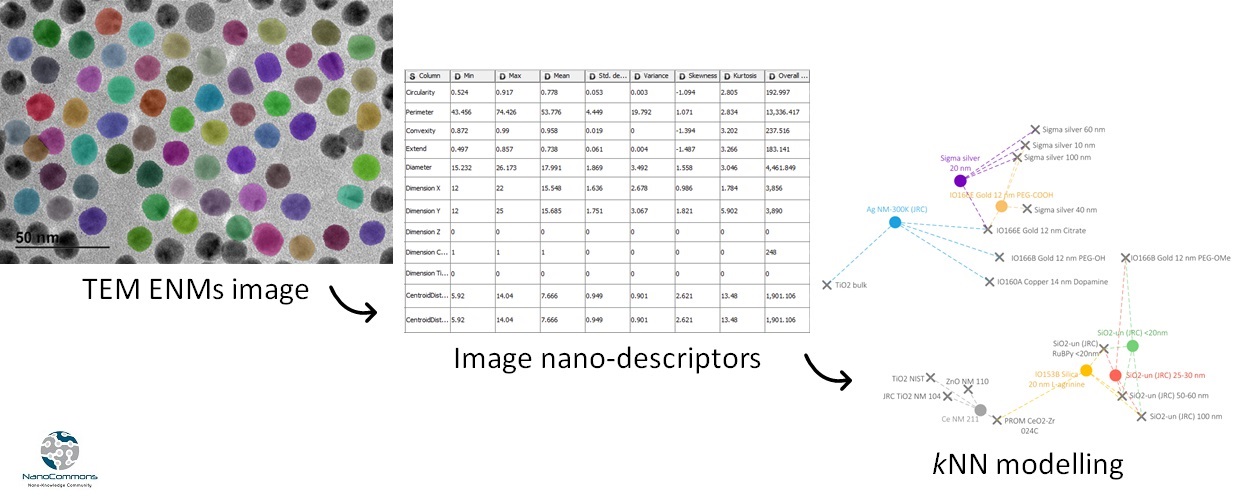NanoCommons

The H2020 Infrastructures project, NanoCommons, creates a community framework and infrastructure for reproducible science, and in particular for in silico workflows for nanomaterials safety assessment and beyond, by: 1. integration and federation of existing NMs characterisation and interaction mechanisms knowledge, protocols and data (beyond simple toxicity), along with quality assurance criteria and underpinning ontologies 2. compilation and development of a user-friendly interface for a suite of computational tools for mechanistic and statistical modelling, read-across, grouping, safe-by-design and life cycle assessment, and bench-marking of their predictive power; and 3. provision of (typically remote) access to its KnowledgeBase, modelling toolbox (predictive, grouping, risk assessment) and workflow optimisation, and the supporting expertise, to the broader user community.

This project has received funding from European Union Horizon 2020 Programme (H2020) via NanoCommons research infrastructure project under grant agreement nº 731032. More information at: nanocommons.eu






